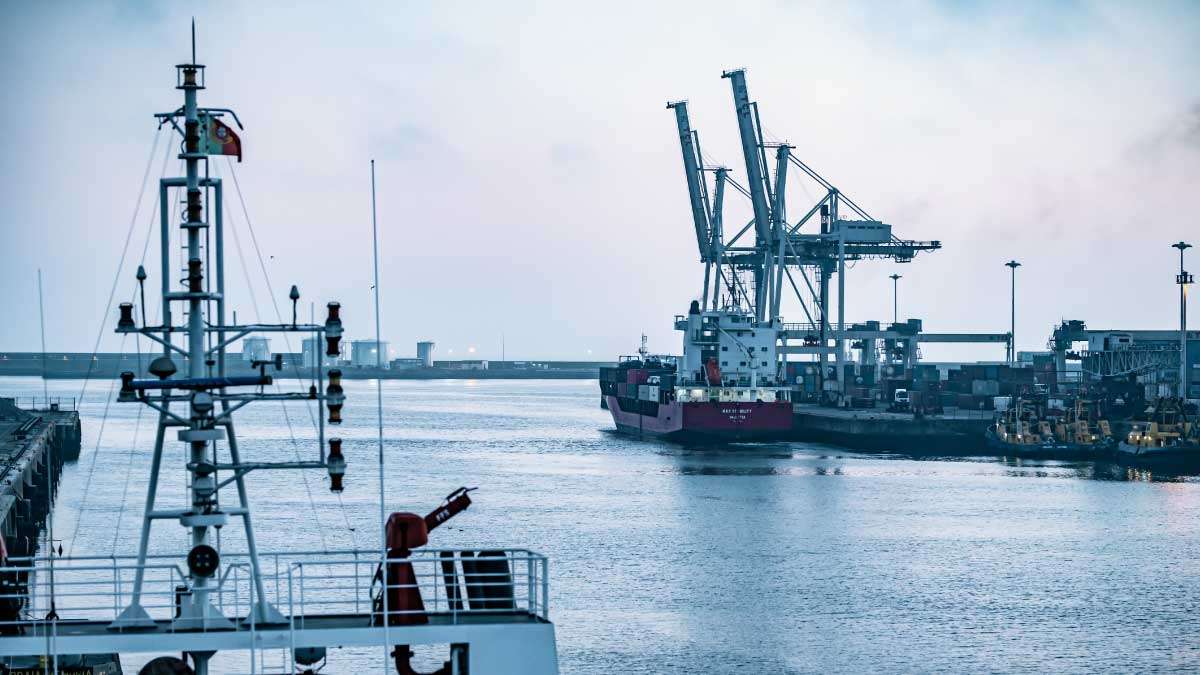
AI, 5G and Edge Computing in Maritime Industry
The maritime industry is one of the most vital sectors of the global economy, as it transports about 90% of the world’s trade. However, it also faces many challenges, such as safety, security, efficiency, sustainability, and environmental impact. To overcome these challenges, the maritime industry needs to embrace digital transformation and leverage the latest technologies, such as artificial intelligence (AI), 5G, and edge computing. One of the key enablers of this transformation is the availability of reliable and high-speed internet connectivity at sea, which can be provided by Starlink satellites.
Starlink Network
Starlink is a constellation of thousands of satellites that deliver broadband internet to users all over the world, using a low Earth orbit and advanced technology. Starlink offers many benefits for the maritime industry, such as low latency, high-speed, global coverage, and space sustainability. Starlink can also facilitate the integration of other technologies, such as AI, 5G, and edge computing, which can create new opportunities and value for the maritime industry.
Artificial intelligence
AI is a technology that enables machines to learn from data and perform tasks that normally require human intelligence, such as recognition, prediction, and decision making. AI can enhance the maritime industry, by enabling automation, optimization, and innovation. For example, AI can help maritime companies automate repetitive and mundane tasks, such as data entry, invoicing, and customer service, optimize their processes and operations, such as demand forecasting, route planning, and inventory management, and innovate new products and services, such as personalized recommendations, dynamic pricing, and smart contracts.
5G network
5G is a technology that provides faster, more reliable, and more secure wireless communication, with higher bandwidth and lower latency than previous generations. 5G can improve the maritime industry, by enabling seamless data sharing and collaboration across the supply chain. 5G can also allow for the deployment of complementary emerging technologies, such as the Internet of Things (IoT), which can connect various devices and sensors on board ships, in ports, and on shore, to collect and transmit data in real time, and provide insights into the management of supply chain integrity, security, and sustainability.
Edge computing
Edge computing is a technology that processes data at the edge of the network, closer to the source of data generation, rather than in a centralized cloud server. Edge computing can benefit the maritime industry, by reducing the bandwidth and latency requirements, and increasing the reliability and security of data transmission and processing. Edge computing can also enable more advanced and complex applications of AI and IoT, such as autonomous vessels, which can operate without human intervention, and improve safety, efficiency, and productivity.
Conclusion
By combining Starlink, AI, 5G, and edge computing, the maritime industry can achieve a digital transformation that can enhance its performance, competitiveness, and resilience. A deal for ship owners to add connectivity through Starlink satellites can be a game-changer for the maritime industry, as it can unlock the full potential of these technologies, and create new value and opportunities for the sector.
